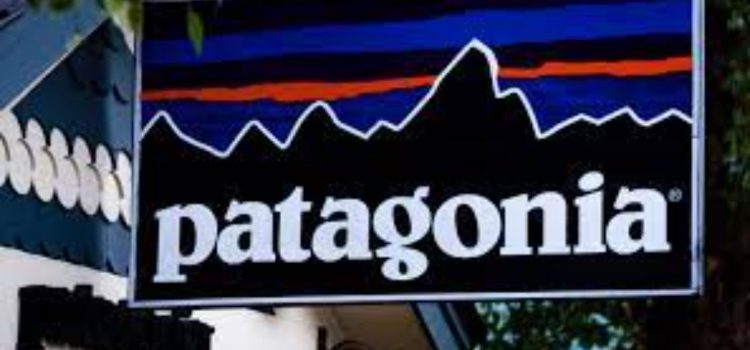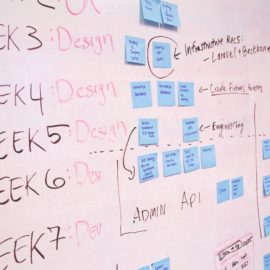

This article is an excerpt from the Shortform book guide to "Let My People Go Surfing" by Yvon Chouinard. Shortform has the world's best summaries and analyses of books you should be reading.
Like this article? Sign up for a free trial here.
How does Yvon Chouinard use his business to help the environment? Why is Patagonia one of the most environmentally friendly businesses out there?
Patagonia strives to use its influence and resources to fight the environmental crisis. Chouinard argues that businesses (like Patagonia) that use natural resources must take responsibility for the effects they have on the environment.
Check out Patagonia’s environment initiative to get a better sense of its eco-friendly mission.
The Environmentally Friendly Practices of Patagonia
Chouinard says that many turn a blind eye to their environmental impact, engaging in wasteful practices to maximize profit and grow rapidly. He argues that to run a business while being environmentally conscious, businesses have to be willing to sacrifice short-term rewards for long-term gains.
Chouinard details a few of Patagonia’s environment-friendly practices:
1. Reducing waste and energy consumption. Patagonia uses organic and recycled materials, such as organic cotton, hemp, recycled polyester, and recycled nylon. The company also reuses cardboard boxes and paper and has renovated its facilities to have energy-efficient lighting.
2. Donating to fight the environmental crisis. Chouinard recognizes that despite their best efforts, as a clothing company that uses up natural resources and produces products for people to consume, Patagonia will always exact some toll on the environment. Because of this, the company donates 1% of its sales to nonprofit environmental groups as a form of redress for staying in business. Since 1985, the company has given over $79 million to environmental organizations.
3. Encouraging other businesses to reduce their environmental footprint. Patagonia is not only a leader in sustainable business, but a catalyst for change in the industry. The company invests in environmentally responsible start-ups and openly shares its principles and workplace innovations so other businesses can become more sustainable.
| The Doughnut Economy: A More Sustainable Economic Model One reason why many businesses don’t adopt more eco-friendly practices like Patagonia may be because our current economic system is based primarily on accumulating wealth, which fails to take into account the health and limited resources of the planet. In Doughnut Economics, Kate Raworth puts forth an alternative, more sustainable economic model known as a “doughnut economy,” which balances meeting human needs and preserving the planet’s resources. The doughnut economic model consists of two circles: The inner circle represents deprivation—-the area below the minimum level of resources that people need to live a good life (such as food, shelter, and health care). The outer circle represents the ecological limits of the planet. The goal is for society to operate between these two rings—providing people with the goods and services they need without exhausting the planet of its resources. Raworth argues that to stay within this ecological ceiling, companies must shift the global economic order from an extractive economy to a regenerative economy. To do so, companies must abandon the linear “make, consume, discard” model and focus on a circular production model by making recycling and reusing materials a core component of their business models. This approach would go a long way toward achieving Patagonia’s goals of reducing companies’ environmental footprints, and if paired with Chouinard’s commitment to donating to environmental causes, would help companies live up to his ideal of sacrificing short-term rewards for long-term gains. |

———End of Preview———
Like what you just read? Read the rest of the world's best book summary and analysis of Yvon Chouinard's "Let My People Go Surfing" at Shortform.
Here's what you'll find in our full Let My People Go Surfing summary:
- How Yvon Chouinard went from a nature enthusiast to the founder of Patagonia
- A critique of profit-first businesses that create huge environmental footprints
- Patagonia’s business principles that balance profits with sustainability






